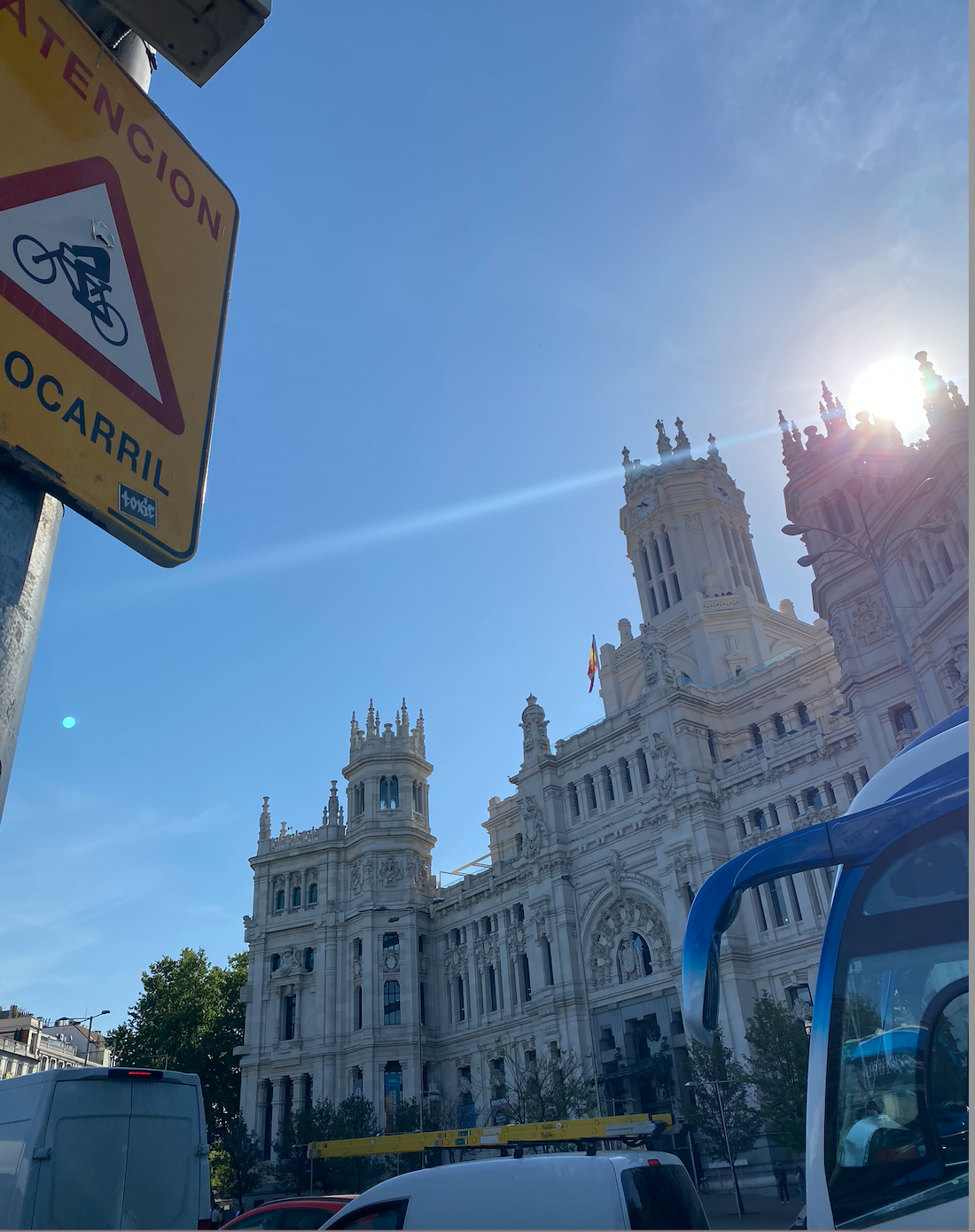
Hola!
One of the changes I’ve experienced since studying abroad has been how often I use public transportation. Even though I mainly walk, I also use public transportation, especially when I’ve visited other cities in or outside of Spain. In the United States I was used to driving everywhere, but here this is not the case. At first, I was a little intimidated by having to ride the bus because I was not familiar with the system. I was not sure if I had to pay cash, if I could use my card or if I had to have a special card or ticket beforehand. However, with a little bit of research, asking around, and just trying it, I have become more familiar.
I think it is very useful to become familiar with the public transportation of the country you are studying in because it has many benefits. You can save money, it can save you time or just get you to places easier. For example, instead of taking an expensive uber, you could just take a bus or train. Additionally, a 40 minute walk can turn into a 20 minute bus or train ride. Now, your journey might not only require one bus/train, you might have to change buses/trains or even walk to another station nearby. Whatever the case may be, a good way to “prepare” for your journey is doing some research beforehand. There are websites that will tell you the cost of the ride or the different options you have based on the ticket you purchase. Most of the time, it is pretty straightforward, but sometimes it can be confusing. Sometimes the websites can also tell you the form of payment that is accepted and where tickets can be purchased, if needed. It might be easier said than done, but asking the people at the stop/station or even the bus driver is very helpful. After all, they are more familiar with the system. One time, during a trip my friend and I took, we were not sure if we could use our card to pay on the bus and, honestly, we were not even sure if we were at the right stop. So what was our solution? After looking at their website and checking our maps app, we decided to just ask the bus driver. They were nice enough to answer our questions, and after that, we just took a seat and waited for our stop. One way of keeping track of the stops is by using your map app or sometimes the bus/train also tells you the stops.
In addition to researching the prices, and tickets, it is also a good idea to research your route. This can be as simple as just looking up the bus/train you are taking on google maps or apple maps. I have found that sometimes, both of these can give you different options from each other, but at the end of the day they are still pretty consistent. I think that looking at both is the best option. Another thing to keep in mind is that even though public transportation tends to be reliable and on time, there are times it is not, so it’s good to leave with some time ahead and have other route options. Overall, I think that using public transportation is something one will do often while abroad, or at least in my experience, I use it more often here in comparison to back home.

